Table of content
Daikon leaves, the lush green tops of the daikon radish, are often overlooked in kitchens worldwide. While the crisp, white root is a staple in salads, stir-fries, and pickles, its leafy greens are frequently discarded—a culinary oversight considering their robust flavor and impressive nutritional profile. This article explores the versatility of daikon leaves, offering practical tips for preparation, cooking methods, and inventive recipes that transform this humble ingredient into a star dish. Whether you’re a seasoned chef or a home cook seeking sustainable, budget-friendly meals, daikon leaves deserve a place in your recipe repertoire.
Nutritional Powerhouse: Why Eat Daikon Leaves?
Daikon leaves (Raphanus sativus var. longipinnatus) are not merely a byproduct; they are a nutritional powerhouse. Packed with vitamins A, C, and K, these greens support immune function, bone health, and skin vitality. They also offer a rich dose of folate, calcium, and iron, making them an excellent addition to plant-based diets. Additionally, daikon leaves contain antioxidants like glucosinolates, which studies suggest may have anti-inflammatory and cancer-preventive properties.
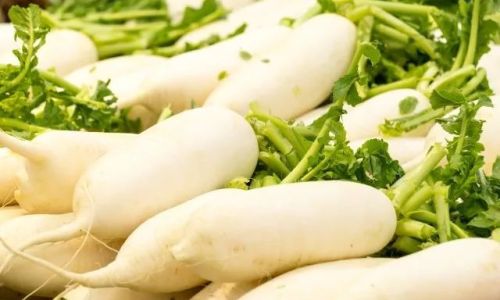
Compared to other leafy greens like spinach or kale, daikon leaves boast a milder, slightly peppery flavor with a tender texture when cooked properly. Their nutritional density rivals that of their more popular counterparts, yet they remain underutilized—a fact that eco-conscious cooks are beginning to reverse as they embrace zero-waste cooking practices.
Preparation Basics: Cleaning and Storing Daikon Leaves
Before cooking, daikon leaves require thorough cleaning to remove dirt and grit. Here’s a step-by-step guide:
- Trimming: Separate the leaves from the root. Discard any wilted or yellowed leaves.
- Washing: Submerge the leaves in a bowl of cold water, swishing gently to dislodge debris. Repeat until the water remains clear.
- Drying: Pat the leaves dry with a salad spinner or clean kitchen towel. Excess moisture can lead to sogginess during cooking.
Storing Tips:
- Short-Term: Wrap damp leaves in paper towels and store in a plastic bag in the refrigerator’s crisper drawer for up to 5 days.
- Long-Term: Blanch the leaves for 2 minutes, shock in ice water, and freeze in airtight containers for up to 6 months.
Cooking Methods: From Simple to Sophisticated
Daikon leaves adapt to various cooking techniques, each method highlighting their unique texture and flavor.
Sautéing and Stir-Frying
Sautéing daikon leaves with garlic, ginger, or chili flakes creates a quick, flavorful side dish. Heat oil in a pan, add minced aromatics, and toss the leaves until wilted (3–4 minutes). For a heartier meal, stir-fry with protein like tofu, tempeh, or shrimp.
Braising and Stewing
Braising daikon leaves in broth or coconut milk infuses them with richness. Simmer gently for 15–20 minutes until tender, then serve over grains like quinoa or brown rice. This method mellows their bitterness, making them ideal for soups and stews.
Blanching and Shocking
Blanching (briefly boiling then plunging into ice water) preserves the leaves’ vibrant color and tenderizes them. Use blanched leaves in salads, wraps, or as a bed for grilled meats.
Fermenting and Pickling
Ferment daikon leaves in a saltwater brine with spices like mustard seeds or red pepper flakes. After 3–5 days, enjoy them as a tangy condiment with rice dishes or sandwiches.
Blending into Pestos and Sauces
Pulse blanched daikon leaves with nuts, olive oil, and Parmesan for a vibrant green pesto. Toss with pasta or use as a pizza topping.
Recipe Ideas: Elevating Daikon Leaves
Garlic-Sesame Daikon Leaves Stir-Fry
Ingredients:
- 2 cups daikon leaves, chopped
- 1 tbsp sesame oil
- 2 garlic cloves, minced
- 1 tsp fresh ginger, grated
- 1 tbsp soy sauce
- 1 tsp honey (optional)
- 1 tbsp sesame seeds
Instructions:
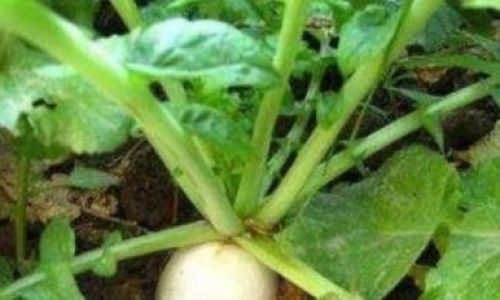
- Heat sesame oil in a pan. Add garlic and ginger; sauté until fragrant.
- Toss in daikon leaves and stir-fry until wilted.
- Drizzle with soy sauce and honey. Garnish with sesame seeds.
Serving Suggestion: Pair with steamed rice or noodles.
Daikon Leaf and Miso Soup
Ingredients:
- 4 cups dashi (Japanese soup stock) or vegetable broth
- 1 cup daikon leaves, chopped
- 2 tbsp miso paste
- 1/2 cup soft tofu, cubed
- 1 green onion, sliced
Instructions:
- Bring dashi to a simmer. Add daikon leaves and tofu; cook for 5 minutes.
- Whisk miso paste with a ladle of hot broth, then stir into the soup.
- Serve hot, garnished with green onions.
Variation: Add mushrooms or wakame seaweed for depth.
Spicy Daikon Leaf Kimchi
Ingredients:
- 1 lb daikon leaves
- 2 tbsp Korean chili flakes (gochugaru)
- 1 tbsp fish sauce (or soy sauce for vegan)
- 1 tsp sugar
- 1 garlic clove, minced
- 1/2 tsp ginger, grated
Instructions:
- Massage leaves with salt; let sit 30 minutes. Rinse and drain.
- Mix chili flakes, fish sauce, sugar, garlic, and ginger. Toss with leaves.
- Pack into a jar and ferment at room temperature for 2–3 days.
Serving Suggestion: Enjoy with rice bowls or as a side dish.
Daikon Leaf and Chickpea Curry
Ingredients:
- 1 tbsp coconut oil
- 1 onion, diced
- 1 tbsp curry powder
- 1 can chickpeas, drained
- 1 cup coconut milk
- 2 cups daikon leaves, chopped
- Juice of 1 lime
Instructions:
- Sauté onion in coconut oil until translucent. Add curry powder; toast 1 minute.
- Stir in chickpeas and coconut milk; simmer 10 minutes.
- Fold in daikon leaves and cook until tender. Finish with lime juice.
Serving Suggestion: Serve over basmati rice with naan.
Daikon Leaf Pesto Pasta
Ingredients:
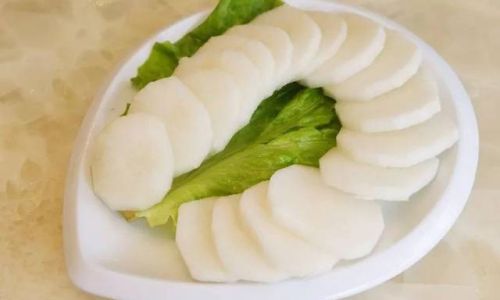
- 2 cups daikon leaves, blanched
- 1/4 cup basil leaves
- 1/4 cup walnuts, toasted
- 1/4 cup Parmesan cheese (or nutritional yeast for vegan)
- 1/3 cup olive oil
- Salt and pepper to taste
Instructions:
- Blend all ingredients until smooth. Toss with cooked pasta.
- Top with cherry tomatoes and extra Parmesan.
Variation: Add roasted red peppers for sweetness.
Addressing Bitterness: Tips and Tricks
Daikon leaves can taste bitter if not prepared correctly. Here’s how to balance their flavor:
- Blanching: Reduces bitterness while preserving nutrients.
- Acidic Ingredients: A squeeze of lemon juice or vinegar brightens the taste.
- Sweet Elements: A pinch of honey or maple syrup counteracts bitterness.
- Fat: Olive oil, sesame oil, or coconut milk adds richness.
Cultural Context: Daikon Leaves in Global Cuisines
Daikon leaves feature prominently in Asian cuisines:
- Japanese: Kaiware-daikon leaves are pickled or simmered in oden stew.
- Korean: Sungoguk is a hearty soup made with daikon leaves and beef.
- Chinese: Stir-fried with garlic and served as a simple side dish.
In recent years, chefs in Western kitchens have embraced daikon leaves in innovative ways, from tempura to green smoothies.
Health Considerations and Dietary Flexibility
Daikon leaves are naturally gluten-free, vegan, and low in calories, making them suitable for diverse diets. However, individuals with kidney stones should consume them in moderation due to their oxalate content.
Sustainability: A Zero-Waste Approach
Using daikon leaves aligns with sustainability goals by reducing food waste. A single daikon plant provides both a root and greens, maximizing value. Farmers and home gardeners alike benefit from this dual-purpose crop.
Conclusion: Embrace the Unconventional
Daikon leaves offer a world of culinary possibilities, from humble stir-fries to gourmet creations. Their nutritional benefits, versatility, and eco-friendly appeal make them a worthy addition to any kitchen. Next time you bring home a daikon radish, remember: the leaves are not scraps—they’re a gateway to creative, healthy cooking. Experiment, savor, and join the growing movement of cooks who refuse to let good food go to waste.
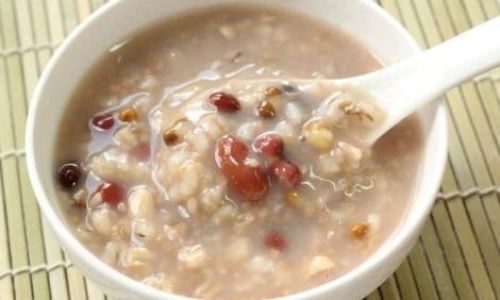
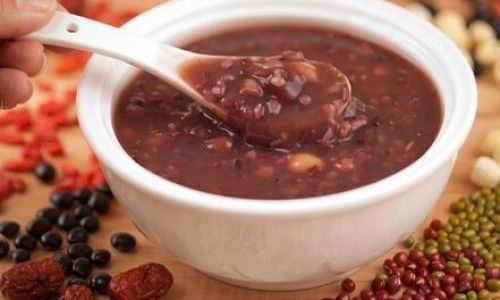
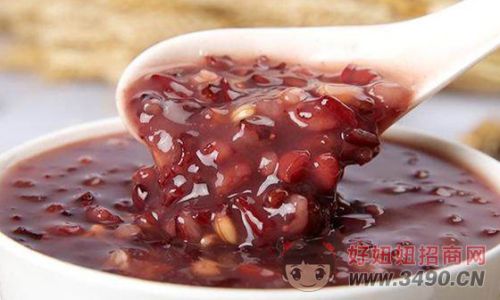
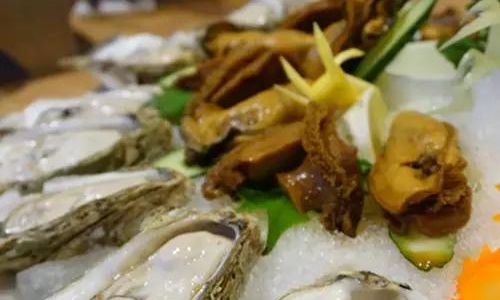
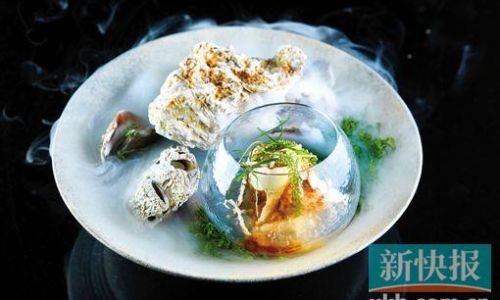
0 comments